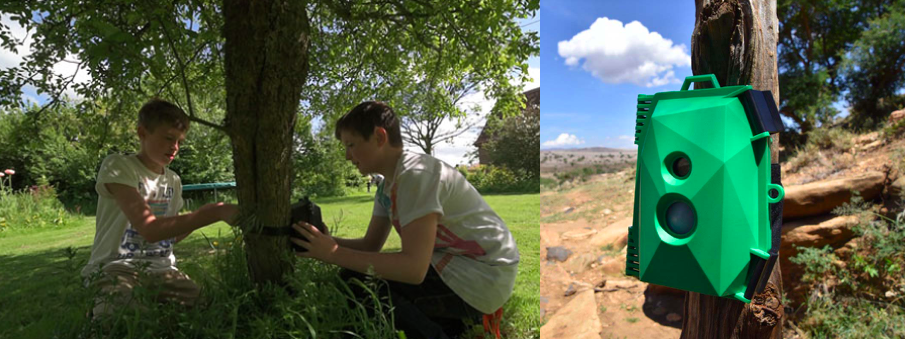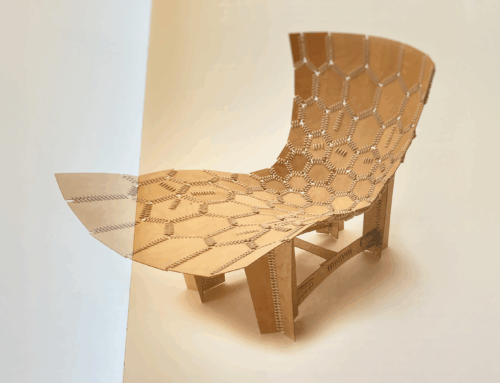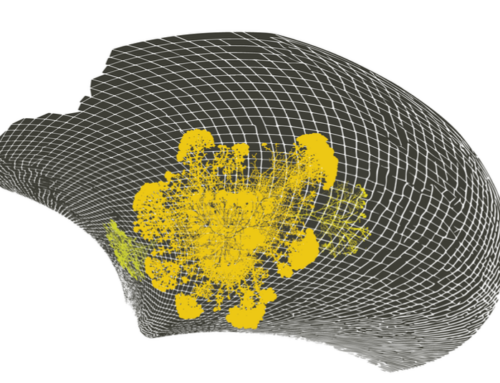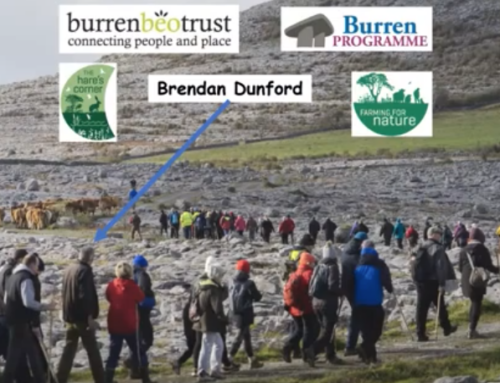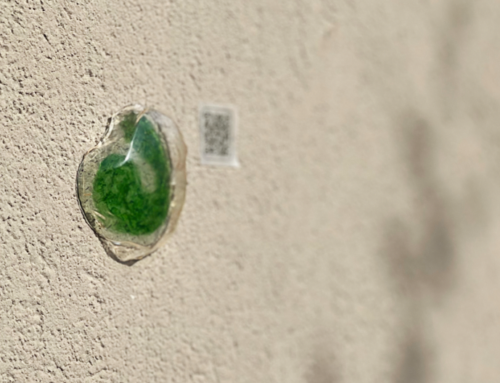At Pontio, in North Wales, a new Masters by Research in Relational Design (#api_MRRD) helps you make a positive step-change in a live wellness project for a region.
One project scenario could be to develop a tool, and a collaboration platform, to monitor the health of nature in new ways.
Just one gram of forest soil can contain more microorganisms than there are people on earth, and hundreds of meters of fungal mycelia. Two questions arise: how did they count them? and, second, what’s that got to do with human health and wellness?
The convergence of citizen science, and digital craft, is driven by a simple idea: the health of all living systems, including our own, are part of the same story. Soil health, human health, microbiomes, biodiversity, the climate – all are connected.
So if growth, in a region, were to mean soils, biodiversity and watersheds getting healthier, we’d need to measure their health. If value were to arise from relationships among living systems – and not things – we’d need to put systems in place to monitor progress, and feed back results.
Digital tools can help us perceive the living world in new ways – but this is not just a design task. Biologists, designers, engineers, artists and educators need to be involved in the development of new devices. A pioneer in this field, @Naturebytes (see photos above) is growing an engaged community of engineers, scientists, designers and enthusiasts to create new ways to reconnect with wildlife and living systems.
